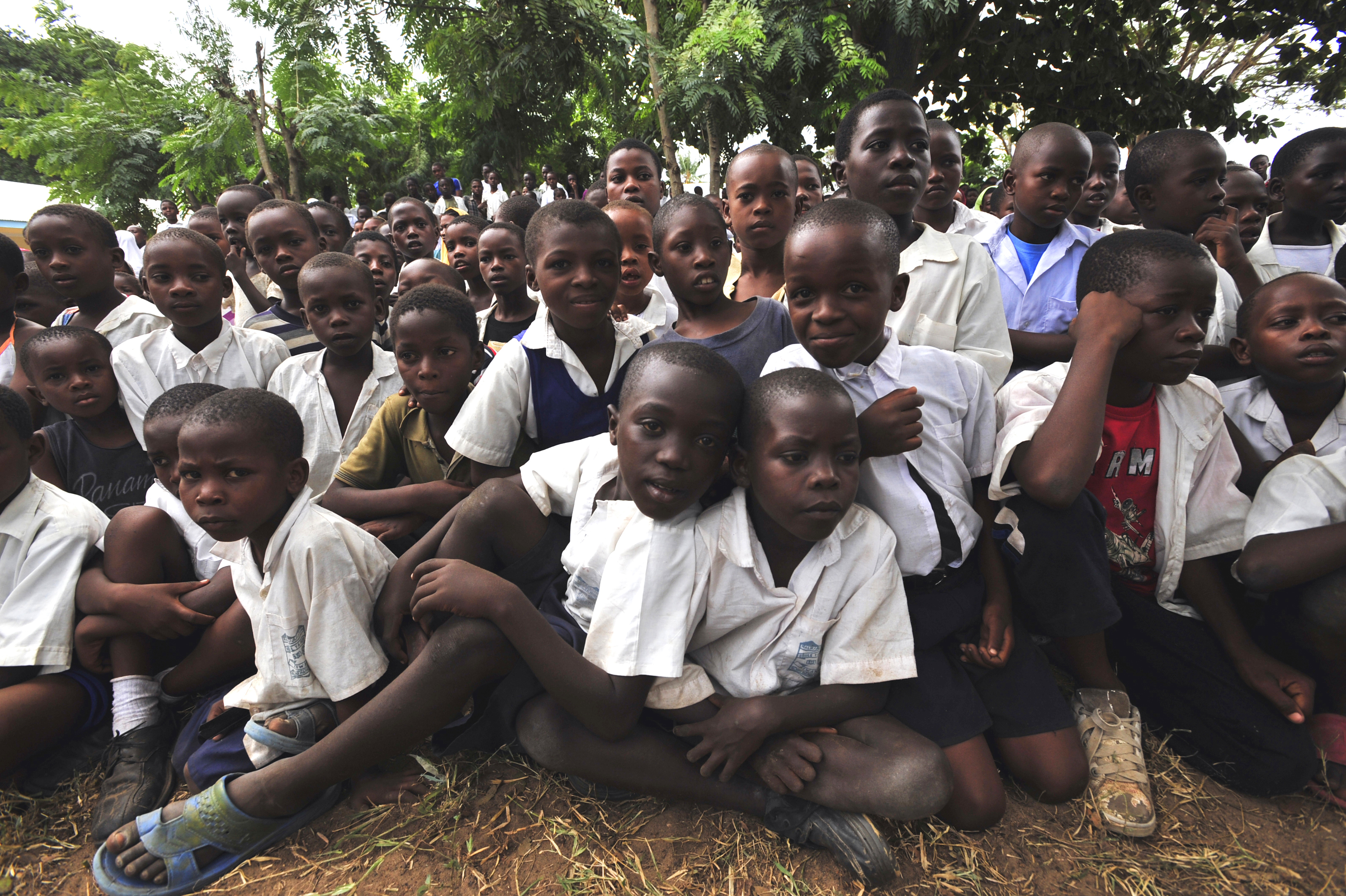Tuuli Lappalainen tweeted a result presented by Daniel Wegmann:
Daniel Wegmann: Every non-lethal genome position is variable in the human population #bc2Really?
— Tuuli Lappalainen (@tuuliel) July 4, 2013
There are 23 pairs of chromosomes in the human genome. If you counted the number of positions - A's, T's, G's, and C's - you would have approximately three billion positions across those 23 chromosomes. And because each chromosome is part of a pair, you can multiply that number by two, for a total of six billion places where a mutation can happen. Assuming there are not very many lethal positions, is it really possible to have a mutation at every site in at least one living human?
In fact, we expect that across all humans, there are over 100 mutations at every single position in the human genome. And, here is the math to prove it:
The average mutation rate in the human genome is 1.2 x10^-8 mutations per site per generation. This is pretty small, so in each person, we only expect to observe a handful of new mutations relative to their parents. But, that handful of mutations adds up when you think of how many people are on the earth.
There are now 7.16 billion people on earth (at the time of this post the estimate was 7,165,212,612 ish).
If we let the birth of every person alive represent a single generation event, then we can estimate the average number of new mutations at each site across all 7.16 billion people by multiplying the mutation rate per generation, by the number of generations:
(1.2 x 10^-8) mutations/site/generation * 7,165,212,612 generations = 86 mutations/site
This says that if we could look at the genome of all 7 billion people, on average, we expect to observe 86 new mutations at each of the six billion individual positions across the genome. But we usually don't talk about each copy of a chromosome individually (the one you got from your mother and the one you got from your father), we just talk about a single chromosome, like chromosome 1. That is, we think about the genome as folded in half (that three billion number I first mentioned).
So, the folded number (thinking about the number of differences across the three billion sites), suggests that there are about 172 mutations at each site of every chromosome across the whole human population.
That sounds like a lot of mutations, and it really is, but think about all of the people on the earth!
 |
| A beach in Sri Lanka, by Denish C |
 |
| Taipei Rapid Transit on New Year's Eve, by Changlc |
 |
| School dedication ceremony, Pongwe, Tanzania, by Jesse Awalt |
 |
| Urawa Reds vs Gamba Osaka in Tokyo, Japan, by Pocopen |
When we consider all 7 billion of us together, a little math shows that, even though there are only a small number of new mutations in each individual, there really can be mutations at every single position in the genome. In fact, we expect hundreds of mutations at every single (non-lethal*) site!
Wow!!
*A mutation that results in death would not be tolerated, so we would not expect to observe mutations at a select set of very important sites. BUT, a mutation that is harmful in one tissue (like the brain) may not have any effect in a different tissue (say, the skin). That is a story for another day.


Nice quick calculation. Though I wonder what the impact of the non-random nature of spontaneous mutation is. Considering there are some sites/tri-nucleotides that have at least an order of magnitude greater mutation rate (CpG) than other tri-nucleotides. Be interesting to see a study big enough to give a per tri-nucleotide and possibly di-nucleotide mutation rate.
ReplyDeleteThanks. :)
ReplyDeleteThere is definitely a lot of variation in rates and directionality of single nucleotide mutations, and I haven't even touched on microsatellites, indels or large structural variants!
I think these large studies are just around the corner.
Cool idea! Two comments.
ReplyDelete1. With regard to different rates at different sites, at the rate sequencing is accelerating it seems like the number of genomes fully sequenced to high accuracy should soon give us a pretty good order of magnitude estimate of that.
2. You end with the point: "*A mutation that results in death would not be tolerated, so we would not expect to observe mutations at a select set of very important sites.". This is accurate, but if our data from Drosophila extrapolates to mammals, the number of "haplolethal" mutations in the genome can be counted on one hand, assuming we're talking about single nucleotide changes. Things that are homozygous lethal will definitely be present in the population at lower frequencies due to selection, but, as the array of serious single gene traits illustrates, they clearly occur in the human genome, and if my memory of recent sequencing studies is right, we all carry about 100 hits that are essentially certain to largely or fully disrupt the function of the protein they affect.
Sorry, naive non-expert questions here:
ReplyDeleteA) Why does one say "there are about 172 mutations at each site... across the whole human population "?
In a case where maternal-site-1 = A and paternal-site-1 = A then there are "only" 3 substitution mutations: A to T, A to G, or A to C (x 2 for each chrom). And one would expect the observations of a T,G, or C at site 1 across the human population to add up to 172 events. But I must be missing something here?
B) When one says that "every non-lethal genome position is variable in the human population" I wonder about gametogenesis and how haploid gametes tolerate mutations. Has anyone tried to sequence single genomes from a population of sperm from a single male to see if the observed mutations in living humans represents the mutations in the haploid gamete? I guess the drosophila comment indicates most mutations are tolerated in haploids.
Thanks for the great blog.
-Noah
Hi Noah,
ReplyDeleteThanks for commenting.
A) Yes, for any individual, at each diploid site, they can have at most two substitutions, one from the maternal side, and one from the paternal side. However, what I was trying to describe is that, if we consider a site, across all living humans, that site will have experience approximately 172 mutations (likely in 172 different individuals).
B) There has been some work looking at mutation accumulation in sperm, but there is still more to be done, especially in humans. I'm hoping to conduct some of this work!